Birds of prey, also known as raptors, are among the most powerful and awe-inspiring creatures in the animal kingdom. They are defined by their sharp talons, hooked beaks, and incredible hunting skills. These majestic predators rule the skies across every continent, playing vital roles in maintaining ecological balance. From the towering Andean condor to the mighty harpy eagle, the world’s largest raptors impress with both their size and strength.
In this article, we will explore the top 8 biggest birds of prey in the world, ranked based on their wingspan, weight, and hunting capabilities.
1. Andean Condor (Vultur gryphus)
The Andean condor, native to South America, is widely recognized as the largest flying bird of prey on Earth. This magnificent bird belongs to the vulture family and soars effortlessly across the Andes Mountains and Pacific coasts.
Wingspan and Size:
The Andean condor boasts a wingspan of up to 3.3 meters (10.8 feet)—the largest among any raptor species. It can weigh between 11 to 15 kilograms (24 to 33 pounds), with males being larger than females.
Habitat and Distribution:
This species inhabits high mountainous regions from Venezuela to southern Chile and Argentina. It often roosts on rocky ledges, using thermal air currents to glide vast distances with minimal effort.
Diet and Behavior:
Unlike most raptors, the condor is a scavenger, feeding primarily on carrion such as deer, cattle, or sea lion carcasses. Its strong beak helps tear through tough animal hides, while its bald head prevents feathers from becoming soiled during feeding.
Conservation Status:
The Andean condor is listed as Vulnerable by the IUCN. Habitat loss, poisoning, and hunting have reduced its numbers. Conservation programs in Chile, Argentina, and Peru aim to protect this cultural symbol, which holds sacred significance in Andean mythology.
2. Steller’s Sea Eagle (Haliaeetus pelagicus)
The Steller’s sea eagle is the heaviest eagle in the world and a striking raptor native to the coastal regions of northeastern Asia, particularly Russia and Japan.
Wingspan and Size:
With a wingspan reaching 2.5 meters (8.2 feet) and a weight of up to 9 kilograms (20 pounds), it dwarfs most other eagles. Its massive yellow beak and contrasting black-and-white plumage make it instantly recognizable.
Habitat and Distribution:
Steller’s sea eagles are found around the Sea of Okhotsk and the Kamchatka Peninsula. In winter, they migrate to Japan’s Hokkaido Island and parts of Korea to feed in unfrozen waters.
Diet and Behavior:
As its name suggests, the bird primarily feeds on fish, including salmon and trout, which it snatches from the water with its powerful talons. It also preys on waterfowl and small mammals when fish are scarce.
Conservation Status:
The Steller’s sea eagle is classified as Vulnerable due to habitat degradation and pollution. Conservation efforts focus on protecting breeding grounds and maintaining clean waterways.
3. Harpy Eagle (Harpia harpyja)
The harpy eagle, named after the mythological harpies, is one of the most powerful eagles in the world and the largest in the Americas.
Wingspan and Size:
This raptor has a wingspan of 2.3 meters (7.5 feet) and can weigh up to 9 kilograms (20 pounds). Despite a shorter wingspan than the condor, its muscular build gives it unmatched strength.
Habitat and Distribution:
The harpy eagle resides in the tropical rainforests of Central and South America, especially in Brazil, Panama, and the Amazon Basin. It prefers dense canopies, making it a rare sight even in its native range.
Diet and Behavior:
This bird preys on medium-sized mammals such as monkeys, sloths, and opossums. Its strong legs and 13-centimeter-long talons—larger than a grizzly bear’s claws—allow it to lift prey heavier than itself.
Conservation Status:
The harpy eagle is considered Near Threatened, mainly due to deforestation and habitat loss. It is an important indicator species for the health of tropical forests.
4. Philippine Eagle (Pithecophaga jefferyi)
The Philippine eagle, also known as the “monkey-eating eagle,” is the national bird of the Philippines and one of the rarest birds of prey in the world.
Wingspan and Size:
It can reach a wingspan of 2.2 meters (7.2 feet) and weigh around 6 to 8 kilograms (13 to 18 pounds). Its distinctive shaggy crest gives it a regal appearance.
Habitat and Distribution:
Endemic to the Philippines, this eagle inhabits the rainforests of Luzon, Leyte, Samar, and Mindanao. It builds large nests in tall trees, typically high above the forest floor.
Diet and Behavior:
The Philippine eagle hunts monkeys, flying lemurs, snakes, and large birds, often swooping silently through the dense canopy. It is a solitary hunter with excellent eyesight and stealth.
Conservation Status:
Listed as Critically Endangered, fewer than 400 individuals are believed to remain. Extensive conservation projects, such as the Philippine Eagle Foundation’s breeding program, work tirelessly to save this majestic species.
5. White-Tailed Eagle (Haliaeetus albicilla)
The white-tailed eagle, also known as the sea eagle, is Europe’s largest bird of prey and a close relative of the bald eagle.
Wingspan and Size:
It features a wingspan of 2.4 meters (7.9 feet) and weighs between 5 to 7 kilograms (11 to 15 pounds). Its broad wings and wedge-shaped tail make it an elegant flier.
Habitat and Distribution:
This species is found throughout northern Europe and Asia, especially around coastal areas, lakes, and fjords. It thrives in countries like Norway, Scotland, and Iceland.
Diet and Behavior:
The white-tailed eagle feeds mainly on fish and waterfowl, but it also scavenges carcasses. It is a patient hunter, often perching near water bodies before striking with precision.
Conservation Status:
Once nearly extinct in Western Europe, it has made a strong comeback thanks to reintroduction and protection programs. Today, populations in Scotland and Germany are steadily growing.
6. Lappet-Faced Vulture (Torgos tracheliotos)
The lappet-faced vulture is Africa’s largest vulture and an essential part of the continent’s scavenger ecosystem.
Wingspan and Size:
It has a wingspan of up to 2.8 meters (9.2 feet) and weighs between 6 to 9 kilograms (13 to 20 pounds). Its large pink head and powerful beak are adapted for tearing through thick animal hides.
Habitat and Distribution:
This species is found across sub-Saharan Africa, inhabiting savannas, arid plains, and deserts. It often coexists with other vulture species but dominates feeding sites due to its size and strength.
Diet and Behavior:
Primarily a scavenger, it feeds on carcasses of large animals such as antelope or cattle. Its strong bill can break open bones and tough skin that smaller vultures cannot manage.
Conservation Status:
The lappet-faced vulture is classified as Endangered due to poisoning, habitat destruction, and declining food sources. Conservation groups are focusing on anti-poisoning campaigns and protecting nesting habitats.
7. Golden Eagle (Aquila chrysaetos)
The golden eagle is one of the most widespread and admired raptors, found across North America, Europe, and Asia.
Wingspan and Size:
It has a wingspan of 2.3 meters (7.5 feet) and weighs up to 7 kilograms (15 pounds). Its golden-brown plumage and piercing eyes symbolize power and freedom.
Habitat and Distribution:
Golden eagles prefer mountainous regions, open grasslands, and cliffs for nesting. They are known for their impressive territorial range and aerial hunting skills.
Diet and Behavior:
They primarily hunt rabbits, hares, and ground squirrels, but have been known to take down foxes and even small deer. Their speed and agility make them one of the most skilled hunters among raptors.
Conservation Status:
The species is classified as Least Concern, though local populations face threats from habitat loss and collisions with power lines. They are protected under various national laws and conservation acts.
8. Eurasian Black Vulture (Aegypius monachus)
Also called the cinereous vulture, this bird is the largest raptor in Eurasia and one of the heaviest flying birds on the planet.
Wingspan and Size:
The Eurasian black vulture can reach a wingspan of 3 meters (9.8 feet) and weigh up to 14 kilograms (31 pounds), rivaling the Andean condor in body mass.
Habitat and Distribution:
It inhabits mountainous and forested regions across southern Europe and Asia, including Spain, Turkey, and Mongolia.
Diet and Behavior:
Like other vultures, it feeds mainly on carrion. It is often seen circling high in the sky, using its keen eyesight to spot carcasses from great distances.
Conservation Status:
The Eurasian black vulture is classified as Near Threatened, but conservation efforts in Spain and Central Asia have led to gradual population recovery.
The Role of Large Raptors in Ecosystems
Big birds of prey play critical roles in maintaining ecological balance. Scavengers like vultures prevent the spread of disease by consuming decaying carcasses, while hunting eagles control populations of small mammals and other prey species. The decline of these apex predators often leads to imbalances in the food chain and ecosystem health.
Conclusion
From the Andean condor’s commanding presence in the Andes to the harpy eagle’s stealth in the Amazon rainforest, these eight magnificent birds showcase nature’s power and diversity. Each species demonstrates the delicate balance between strength and survival, reminding us of our responsibility to protect them.
Preserving the world’s largest raptors is not just about conserving birds—it is about maintaining the health and integrity of the ecosystems that sustain life on Earth.
Frequently Asked Questions (FAQ)
1. What is the largest bird of prey in the world?
The largest bird of prey in the world is the Andean condor (Vultur gryphus). It has a wingspan of up to 3.3 meters (10.8 feet) and can weigh around 15 kilograms (33 pounds). This massive scavenger is found in South America and is known for soaring effortlessly on thermal air currents over the Andes Mountains.
2. Is a condor bigger than an eagle?
Yes, a condor is significantly bigger than any eagle. While large eagles like the Steller’s sea eagle or Harpy eagle can reach wingspans of about 2.3 meters (7.5 feet), the Andean condor’s wingspan exceeds 3 meters (10 feet). Condors also tend to be heavier, though eagles are generally stronger hunters.
3. Are owls bigger than eagles?
In most cases, no. Eagles are generally larger and heavier than owls. The largest owl, the Blakiston’s fish owl, has a wingspan of up to 2 meters (6.6 feet)—still smaller than the largest eagles. However, owls have bulkier bodies and softer feathers adapted for silent flight, which can make them appear large when perched.
4. Are owls apex predators?
Yes, owls are apex predators within their ecosystems. They sit at the top of the food chain, preying on small mammals, birds, reptiles, and insects. However, unlike eagles or hawks, owls are nocturnal hunters, dominating the night skies rather than competing directly with daytime raptors.

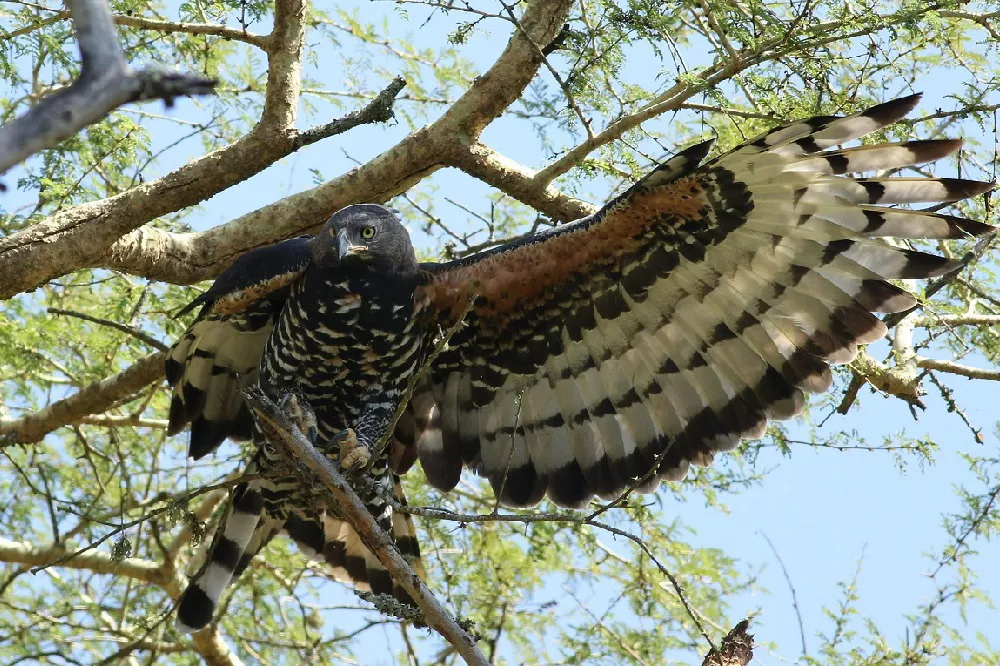
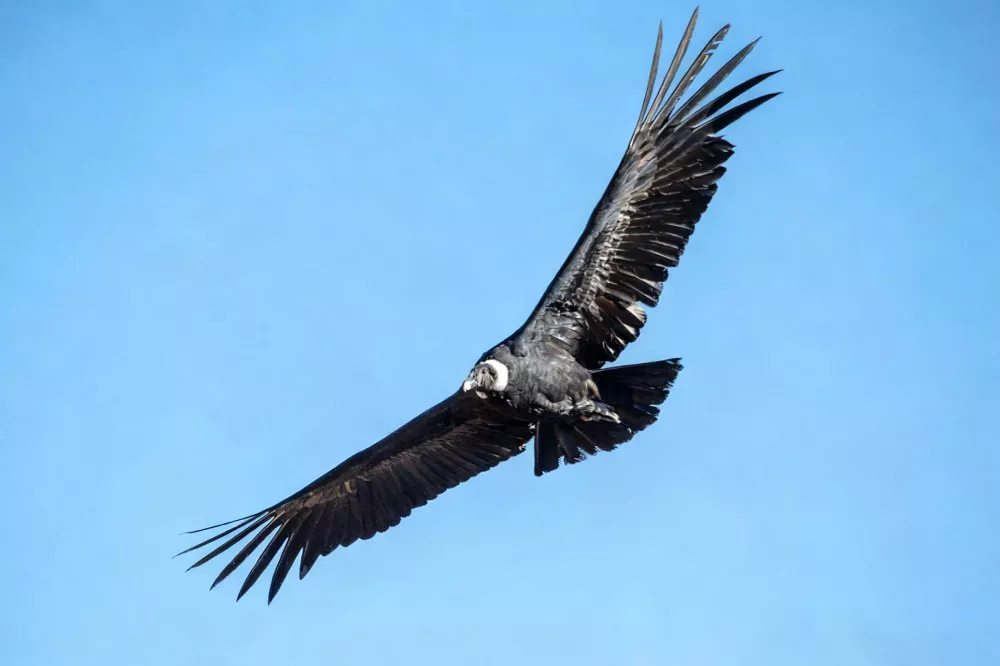
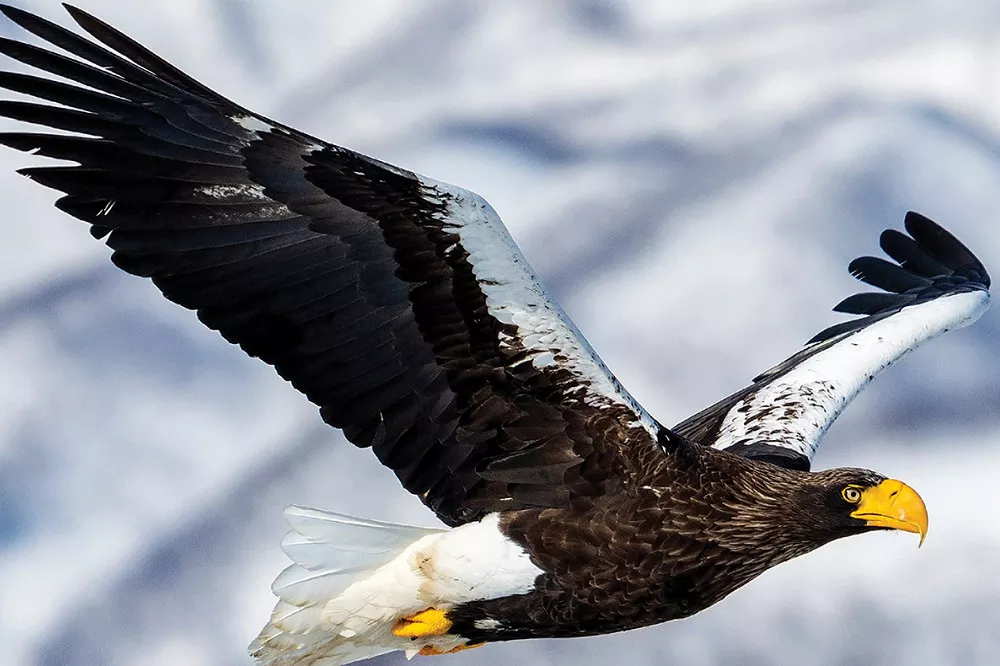
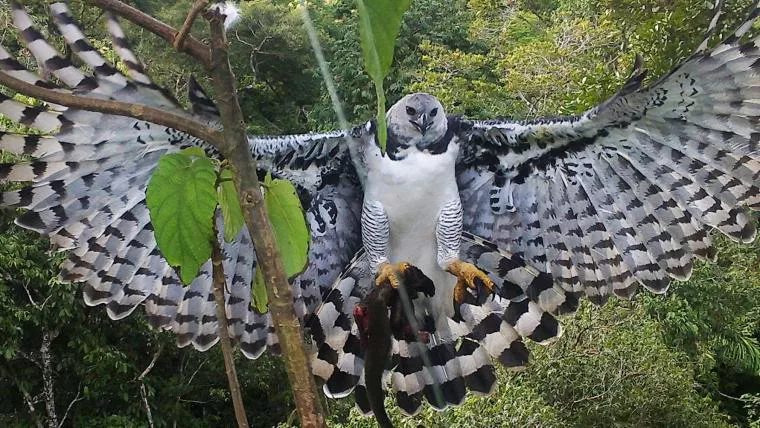

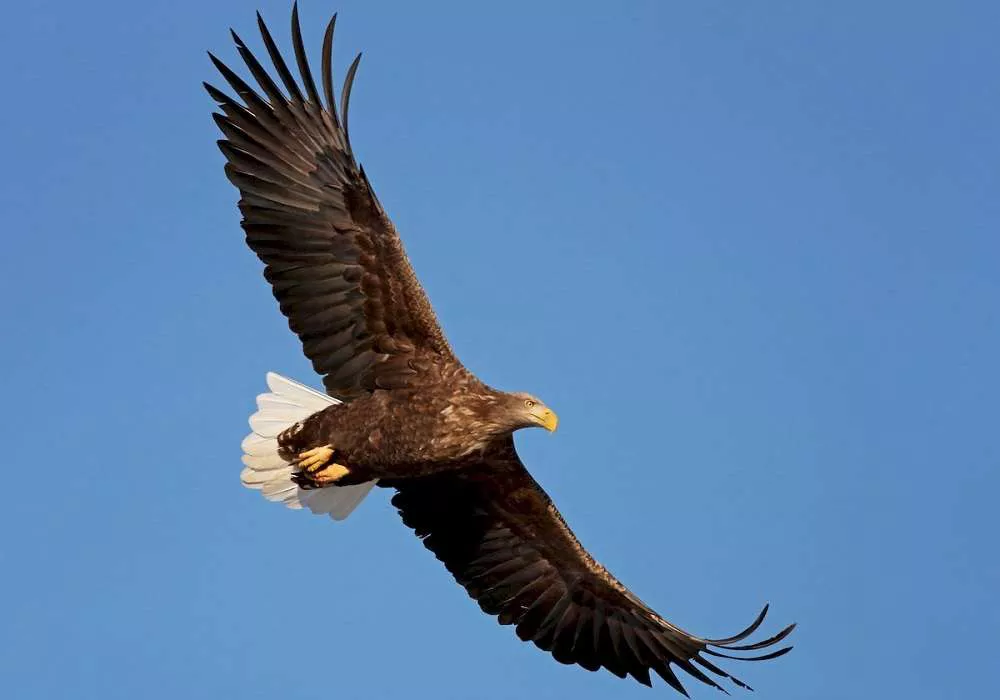
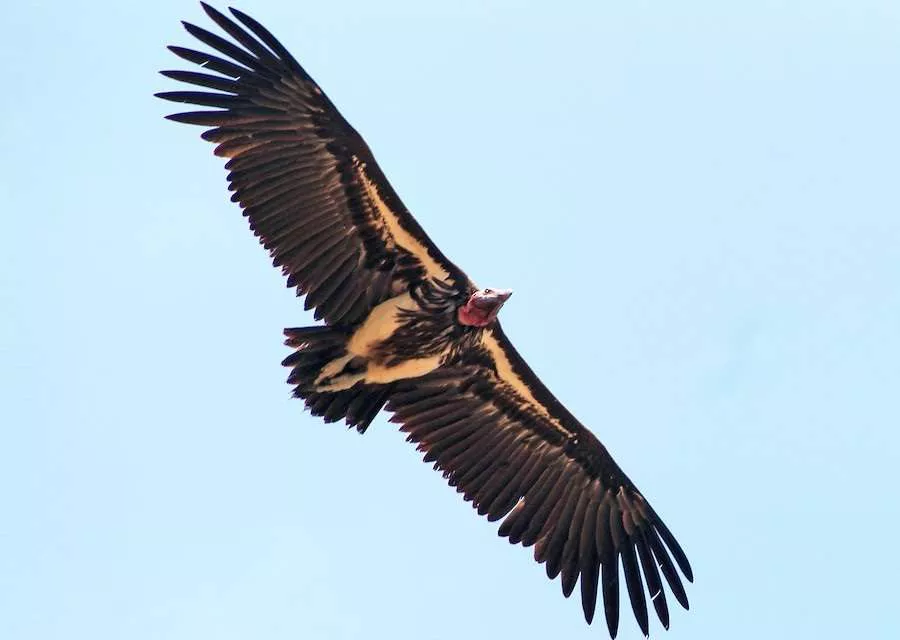
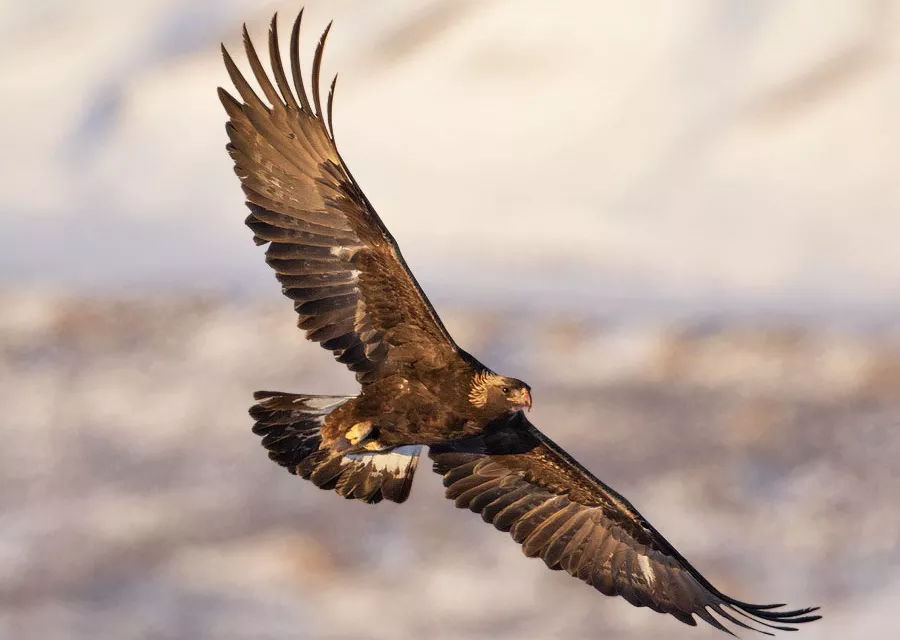
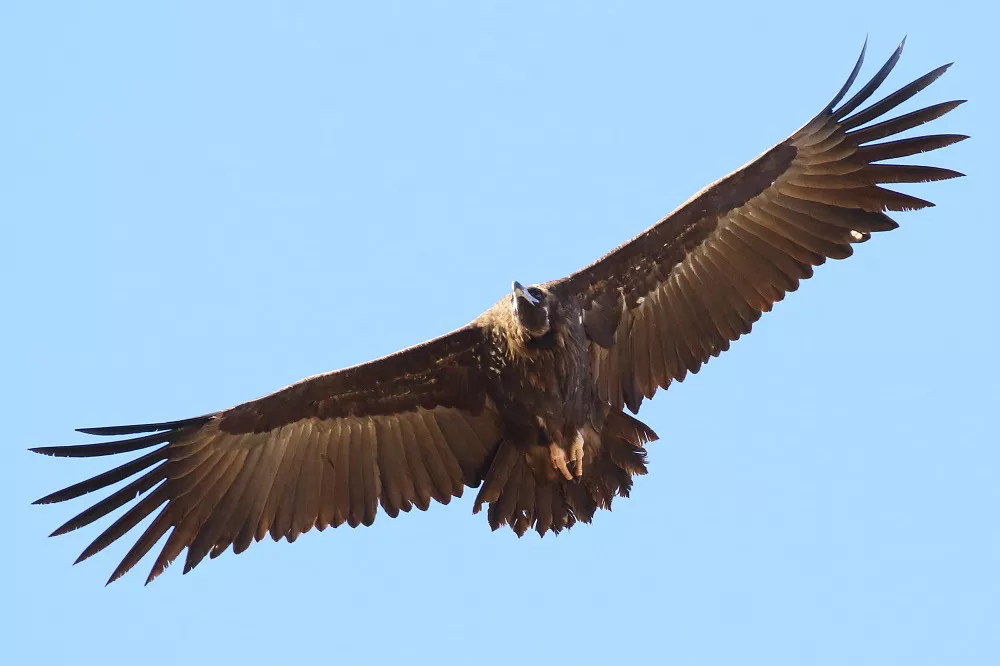
 Facebook
Facebook  Instagram
Instagram  Youtube
Youtube 